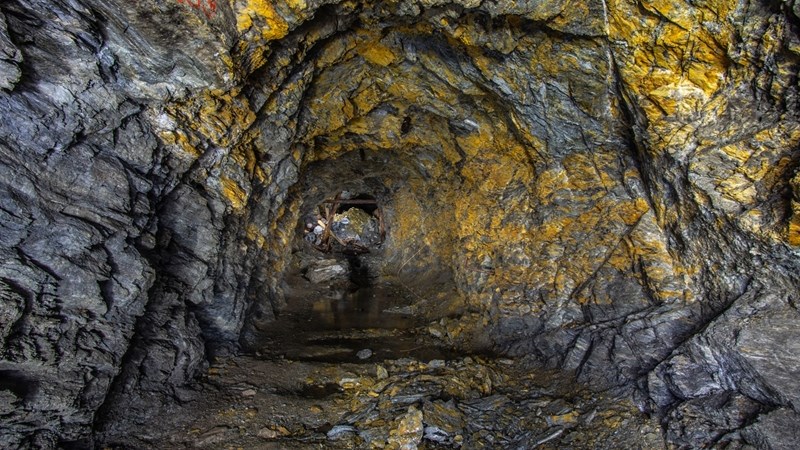South Africa
Silicosis claimants paid R320m to date in class action settlement─── 10:22 Fri, 08 Apr 2022

The Tshiamiso Trust, set up to disburse funds, has handled 3 600 claims, and is paying out over R3 million a day.
It’s been a decade since gold miners afflicted by the lung disease silicosis first launched a class action suit seeking compensation from 30 gold mining companies on the grounds that the mines did little to protect their safety.
Settlement was eventually reached with six mining companies in July 2019, when the Gauteng High Court approved a R5 billion class action settlement. The claims date back to March 1965, creating the added complexity of tracking down miners who have long since retired or, in the case of those who have passed on, putting systems in place to allow beneficiaries to claim.
This week the Tshiamiso Trust, which was set up more than a year ago to verify claims and disburse funds to affected miners, disclosed that it had paid out more than R320 million to 3 600 claimants. Claims are now being paid out at the rate of R3 million to R4 million a day.
Richard Spoor, the attorney who filed the class action suit, argued that tens of thousands of miners had contracted silicosis as a result of breathing silica dust during their work and had suffered irreparable lung impairment.
In May 2016, after years of technical argument, the South Gauteng High Court allowed the class action to proceed, a decision that was immediately appealed by the mining houses.
A settlement was reached with the six mining companies in May 2018, and ratified by the High Court roughly a year later.
Among the companies cited as defendants were African Rainbow Minerals, AngloGold Ashanti, Gold Fields and Harmony Gold.
‘Monumental undertaking’
Says Daniel Kotton, CEO of Tshiamiso Trust: “It has been a monumental undertaking to get to this point, but the traction that we’ve gained is proof that the system, partnerships and processes that we put in place are working. That said, we are continually upgrading our systems, increasing efficiencies, and expanding our operational capabilities to build on this momentum and speed up the claims process further.
“This includes furthering our system automation and working with the mines to digitise service records dating as far back as 1965.”
Over 81 766 mineworkers or families of mineworkers have lodged a claim with the trust to date, and 35 000 medical examinations have been conducted.
Currently, 30 to 40 claims are being paid per day. Kotton was the first executive to be appointed (in October 2020). “Through our partner, the mining workforce management solutions company Teba, we have 54 sites across the region where people can visit and lodge a claim.
“We have a department dedicated to finding as much documentation as we can, bearing in mind digitalisation of mine workers only really started to happen in the 1990s.”
Even where documentation is patchy, Kotton says the trust is able to assist in verifying the claim. “Some 90% of claims come through the call centre, and if eligible to claim, then they need to appear at a site office a few weeks later for the lodgement of the claim. They will be asked to bring documents if they are not already on the computer system. Biometrics are logged on the system, documents uploaded and the claim is then lodged.
“There are two classes of disease that the trust will pay out on, tuberculosis and silicosis, so we book a benefit medical examination to verify the claimant has one of the conditions allowable for payout.”
Processes are also in place for the beneficiaries and descendants of deceased miners to lodge claims.
Checks and balances
The payout process is strictly governed by the trust, with various checks and balances in place to ensure only valid claims are paid. Claims are usually settled within six to nine months of being made. “That’s not due to inefficiency, but because of the procedures in place to make sure only valid claims are paid,” says Kotton.
“Unfortunately, for every claim paid, many more are rejected due to various provisions stipulated in the Trust Deed.”
Reasons a claim may be rejected include:
- The mineworker did not carry out risk work at one of the 82 qualifying gold mines during the time period stipulated in the Trust Deed (March 12, 1965 to December 10, 2019);
- The medical records do not show evidence of either of the two compensable diseases – TB or silicosis;
- A lung function test could not be performed by the claimant; and/or
- The claimant was part of a previous settlement agreement and cannot also claim through the Tshiamiso Trust.













